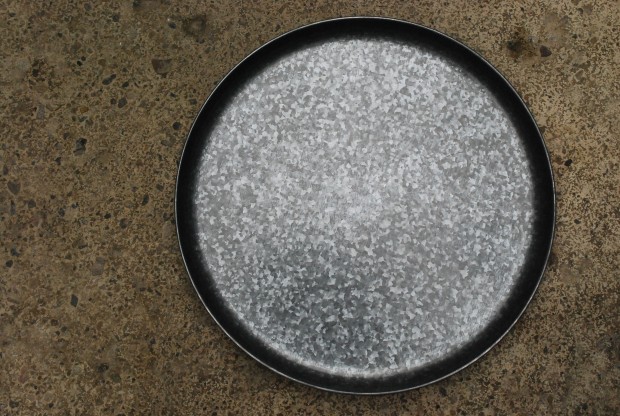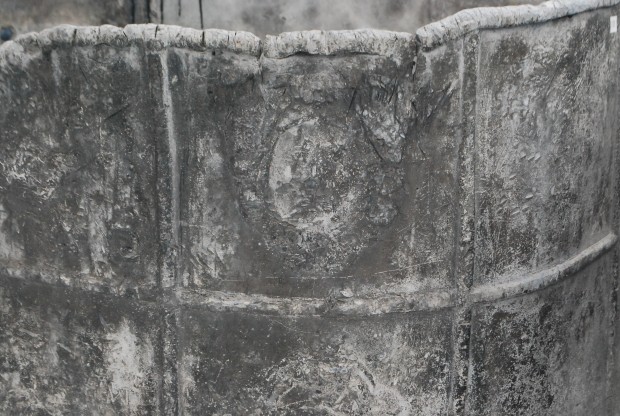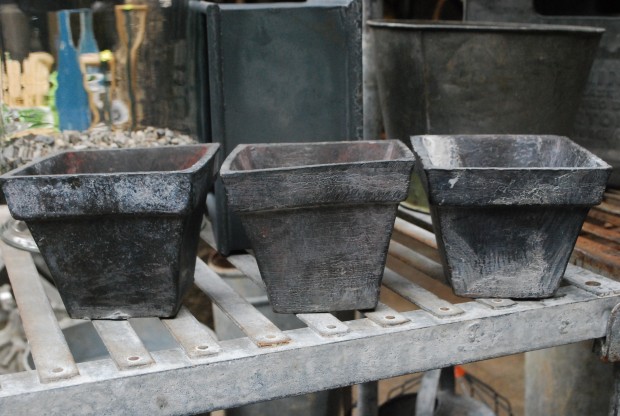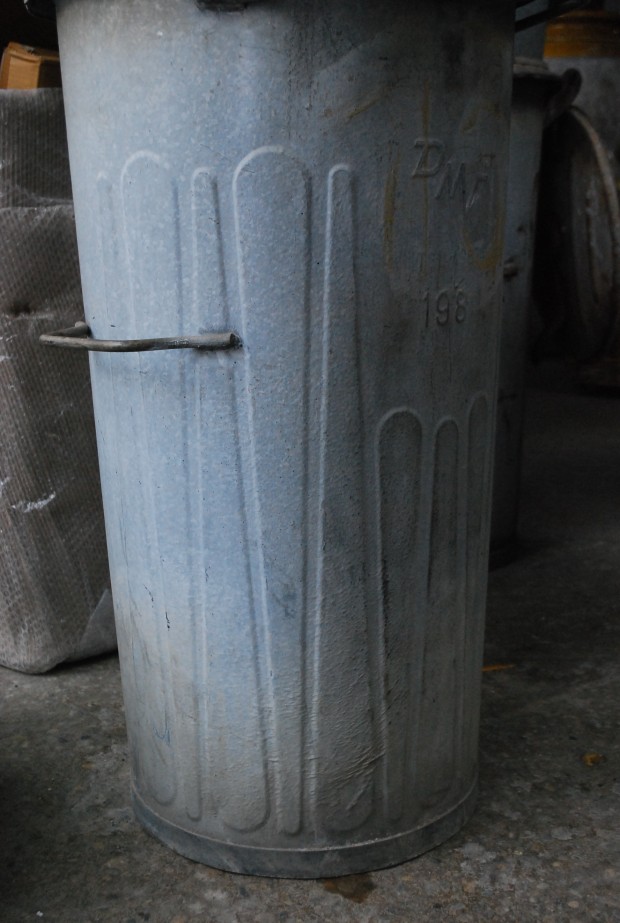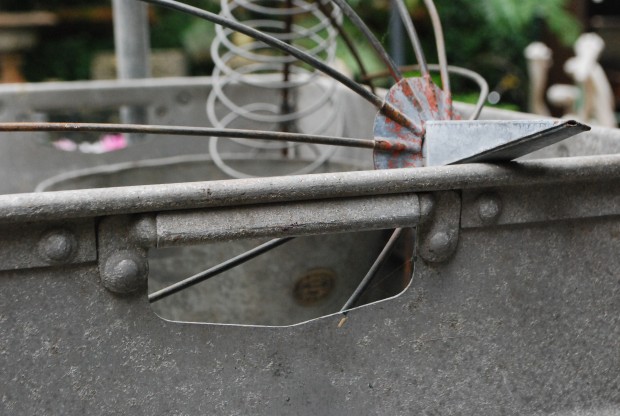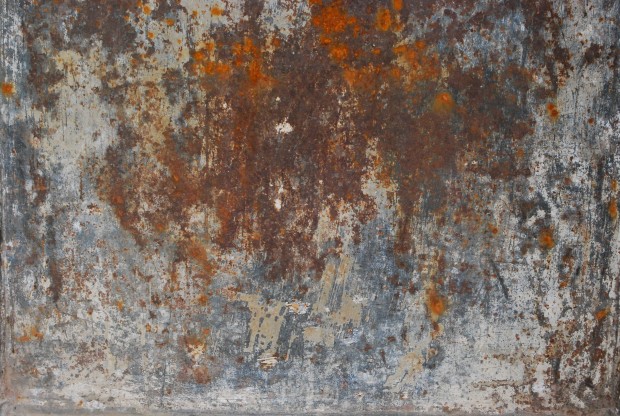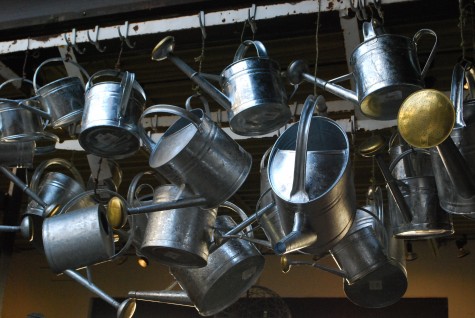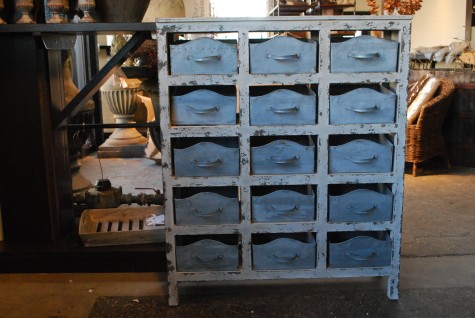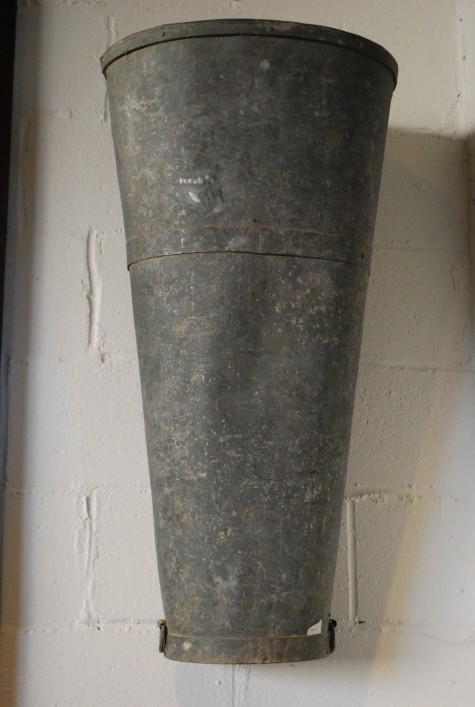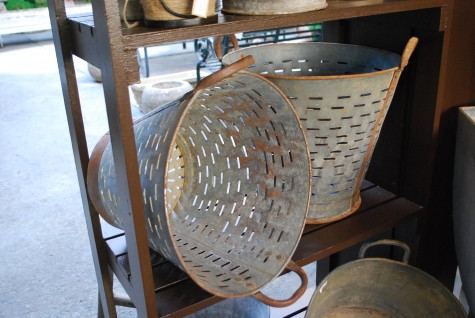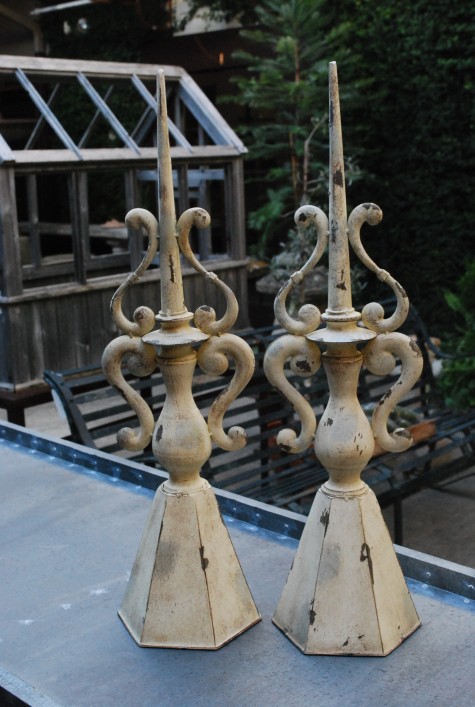We are firmly entrenched in the gray zone now. It’s February in Michigan. Just about everything is one shade of gray or another. The gray skies, dirty snow, salted surfaces and relentless cold-an off key ode to gloom. The trunks of the trees, the bare branches and the remains of the perennial garden have taken on that gray cast. Relentless rain and fog for days gave way to temperatures in the teens. I have leaks in the roof at Branch. The backflow preventer at Detroit Garden Works failed-the leaking water was masked by the rain. Now that it is 14 degrees, that water is transformed into a mountain of ice. I can see every breath I take-great. We lost power at home-what can be done for that? We went to bed at 8:45pm, under a mountain of blankets. The digital clock I have had since I was 19 was dead by morning. The dogs want no part of going outside unless, much to my annoyance, I go with them. This is by way of explaining that I have no gray walls, furniture or towels. No gray car. No gray boots, scarves, socks, dresses or sweaters. But how this galvanized metal tray looks against the concrete floor in the shop-not bad.
Lead is another word for gray, as in the phrase “leaden skies”. Lead garden ornaments are among the earliest ever made. It is remarkable how many from centuries ago still survive. Lead is a soft, very dense and heavy metal. You can dent it with a pencil. Not the least of its attributes is its longevity. Many garden ornaments eventually succumb to the weather. Wood rots. Iron rusts. Concrete cracks. Lead however, is forever. This cistern is several centuries old, and bears many scars-the story of which I will never know. But it still holds water-perfectly.
Lead has a very low melting point, making it an ideal metal for casting. Lead toys were once common. But now that the health hazards of breathing lead dust or ingesting lead are well known, its manufacture and use is confined to architectural materials and garden ornament.
This picture is a detail from a lead square from Bulbeck. Bulbeck Foundry in England manufactures very fine quality lead objects. Contemporary lead ornament is incredibly expensive. The price of the raw metal is astronomical now; I rarely buy lead for the garden anymore-the price is too dear. I have a small collection of lead ornament-my supply has been steadily dwindling. The day I have no lead to offer will be a sad day indeed. This particular shade of gray is softly beautiful. A lead pot is an elegant and permanent addition to the garden.
Galvanized metal-just what does this mean, exactly? Steel and iron rust from contact with the air, and with water. Rust eats away at the metal. Eventually, unprotected steel will disintegrate. Galvanizing is a process by which a coating of zinc is applied to steel. Galvanized metal has a characteristic gray color. Galvanizing is a process commonly applied to buckets, farm tools, screws, troughs, screens, and garbage cans. Farming and industrial objects were coated with zinc to make them more weather worthy. I have seen countertops made from solid zinc. While solid zinc sheeting is very expensive, this metal is inert and non-toxic. Zinc coated buckets and troughs are reasonable in price and quite durable.
That gray color that is galvanized gray acquires a beatiful patina as it ages. Rob is fond of those utilitarian objects that pertain to industry or agriculture that might find a new home in the garden. Farm buckets planted with herbs enchant him in the same way as a galvanized trench drain might be repurposed as a garden shelf. This old galvanized table top reveals its age. Those places where the galvanizing has worn through are rusting.
Galvanized metal containers that have been always used indoors can be easily moved outdoors. We have repurposed both steel chocolate vats and industrial tubs for the garden. A galvanized container planted for the season is at home in the country as it is the most contemporary of settings. This galvanized bakery box could hold tools, or be planted. I could see it filled with water, and home to a lotus. This shade of gray has possibilities.
I have a collection of galvanized metal flower buckets-they are very useful when I am conditioning flowers for a wedding or event. This vintage bucket, graced with a brass tag identifying its origin, is a beautiful object in and of itself. A collection of these buckets-yes, he spoke for all of them. Though I am not a fan of gray February days, gray as in galvanized is a good looking gray.
Every gardener is interested in ornament for the garden that is rugged, and easy to look after. Galvanized metal is virtually maintenance free. A large galvanized tub is relatively light weight-compared to lead, concrete or stone. If I plant such a tub, I drill a number of holes in the bottom for drainage. The zinc coating may eventually wear through to the base metal. Some of the sheet metal window boxes at the shop will need replacing this year, as the zinc is worn through, and the steel is rusting out. But those boxes were inexpensive to purchase, and lasted 15 years.
The bottom of this large vintage galvanized tub has a beautifully aged surface. It is large enough to provide a home for a sizeable herb or flower garden. Hung on a wall, it would be a visual discussion of what can be beautiful about gray.
